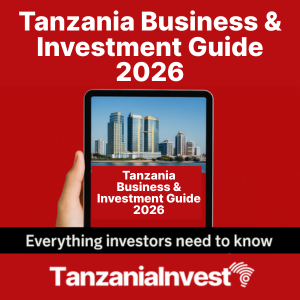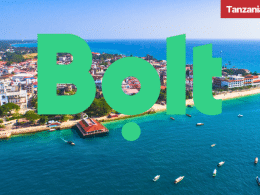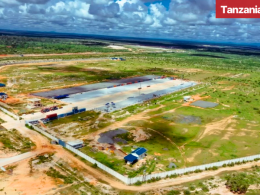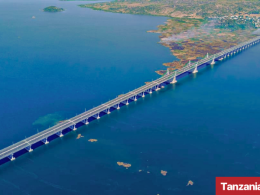The African Development Bank (AfDB) has recently approved a USD 346.38 million fund to finance Tanzania’s Transport Sector Support Programme (TSSP) to improve 500 km of roads across the country and capacity building, as construction of social infrastructure as well.
The fund is being provided with a USD 75.43 million concessional loan and a USD 270.95 million loan, which constitutes 88% of the total investment calculated at USD 384.29 million.
The project, to be implemented in a five-year period, is expected to support the agriculture and tourism sectors to promote economic growth and contribute with the country’s aspirations of reaching middle-income status according to Tanzania’s Development Vision 2025.
Regarding agriculture, major crops as maize, cassava, tobacco, beans, rice and coffee that are being cultivated in Tabora, Katavi and Ruvuma regions in Tanzania’s south and northwest, cannot be fully delivered to the domestic or international markets since the current roads available are un-engineered earth/gravel roads that are impassable during the rainy seasons.
To solve this constraint, the Tabora-Koga-Mpanda road’s upgrade works include improvements to bitumen standards, 40-50 horizontal curves and construction of three by-passes at Inyonga, Sikonge and Uruwira that will shorten distances and avoid demolition of properties across the road.
According to the AfDB, the road plays a key role in Tanzania’s economy and is considered as a major trunk road since it connects agriculturally reach regions to the rest of the country and international markets in Kenya, Zambia, Democratic Republic of Congo (DRC), and South Sudan.
In addition, the Mbinga-Mbamba Bay Road will be also upgraded to bitumen standards and will count with a new by-pass at Mbinga town.
The road is considered as the missing link of the Mtwara corridor and the districts of Mbinga and Nyasa in Tanzania’s southwest, which is meant to connect the Indian Ocean with Mbamba Bay at Lake Nyasa and facilitate trade between the country, Zambia, Malawi, and Mozambique according to AfDB.
The TSSP is expected to help nearly 1 million people of which 90% depend on agriculture for their livelihoods with fisheries ranking as the second main source of income accounting for 35% of the average household income.
After the project’s completion, it is expected to raise the land utilization rate currently at an average of 42% with Mbinga cultivating only 166,045 hectares out of 475,893 hectares available and Nyasa cultivating 75,000 hectares out of 150,600 available and a lake area potential of 165,000 tonnes of 500 different fish species.










